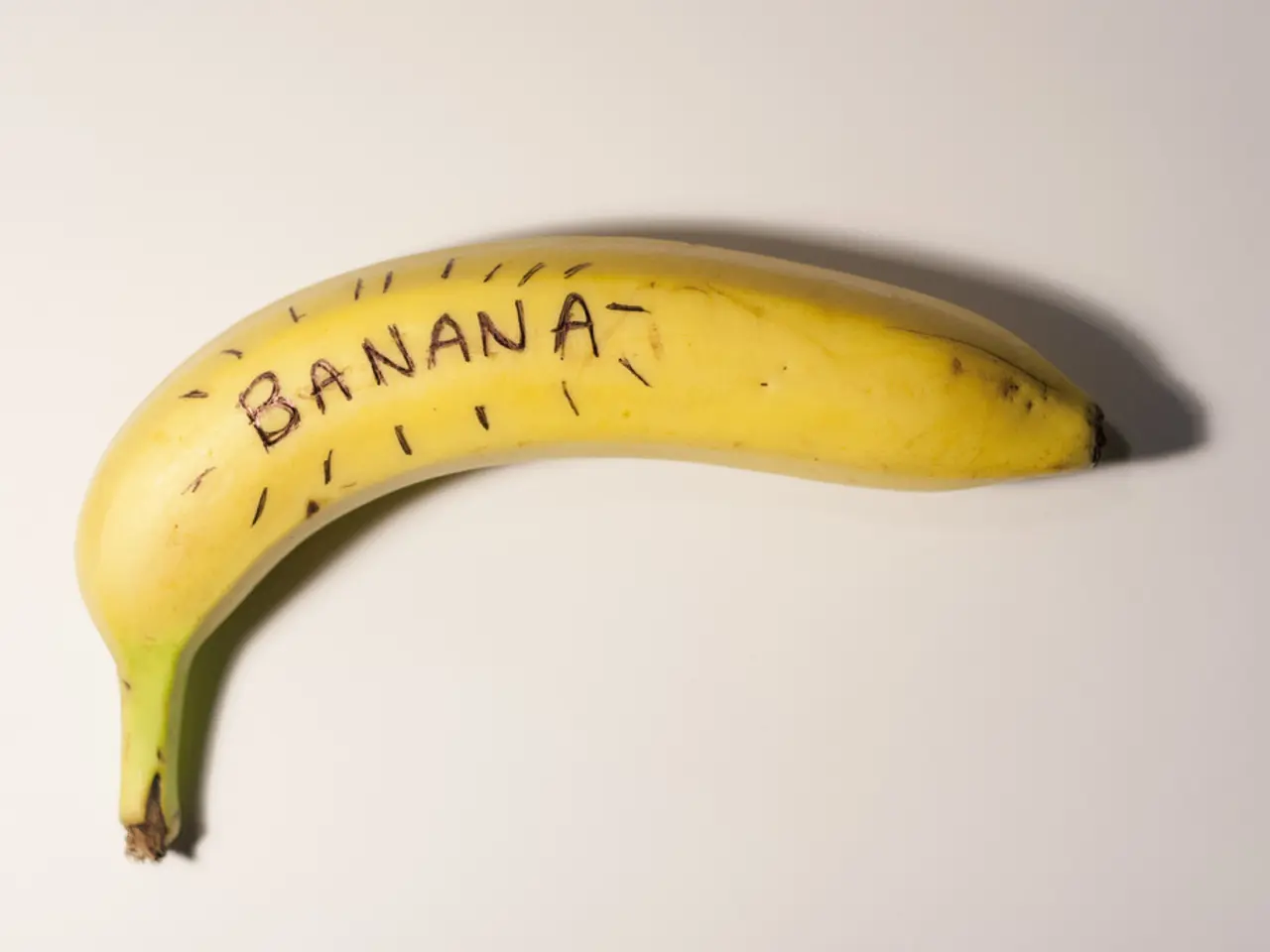Guide for Readiness of Soil for Banana Cultivation: Detailed Walkthrough
Preparing the Perfect Environment for Banana Plant Growth
Banana plants, known for their delicious fruit and tall, vibrant leaves, thrive in the right soil conditions. To ensure a successful banana planting, follow these steps for a well-prepared soil environment.
Mulching
The process of mulching, covering the topsoil surface with organic or inorganic materials, offers numerous benefits for banana plants. Mulching improves soil fertility, increases water-holding capacity, and enhances root penetration. After planting, apply thick organic mulch such as straw, leaves, or compost around the base of the banana plant to conserve moisture, suppress weeds, and gradually enrich the soil as it breaks down.
Soil Composition
A well-draining soil with a slightly acidic to neutral pH of about 5.5 to 6.5 is ideal for banana plants. To prepare the soil, mix topsoil with well-decomposed organic matter like farmyard manure or compost in equal parts. This improves the soil's fertility and structure.
Organic Matter Additions
Adding well-rotted compost or farmyard manure to the planting pit soil provides essential nutrients for heavy-feeding banana plants. This enhances moisture retention and supports vigorous growth.
Soil Testing
Before planting, test the soil for pH and nutrient content. Ideal soil should have low salinity, adequate levels of nitrogen, phosphorus, potassium, and low calcium carbonate and lime content. Soil testing can be done through your County Extension Office or with a digital meter.
Hole Size
Dig planting holes about 1 meter deep and 1 meter wide if planting in the ground, or slightly larger than the root ball if transplanting (about twice the width and same depth as the root ball).
Banana Tree Mulch
Banana tree mulch provides essential nutrients like potassium, phosphorus, calcium, and magnesium that are released into the soil as the mulch decomposes. Using banana trees as mulch offers a sustainable and cost-effective solution for enriching the soil.
Watering
Banana plants are susceptible to root rot, so be careful not to overwater them. Water the banana plant every other day during the warmest months, ensuring the top half to one inch of soil doesn't dry out. It's also important to add a coco-fiber potting medium or a couple of inches of organic material, such as grass clippings or shredded leaves, and work it evenly into the existing soil to retain soil moisture and improve drainage capabilities.
Annual Soil Testing
It's recommended to test the soil annually, especially in the spring, to ensure the soil remains optimal for banana plant growth. If the pH starts to rise, adding sulphur to the soil can help counteract this.
Mulch Recommendations
When incorporating organic materials, aim for a concentration of organic matter to be up to one-third of the mixture. It's recommended to use baled sphagnum or granular peat moss when mixing organic materials with the topsoil for banana plants.
Banana Plants as Mulch Source
Banana plants themselves can be used as a source of organic matter for mulching, providing a sustainable and eco-friendly solution.
By following these steps, you can create the perfect environment for banana plants to thrive, ensuring a bountiful harvest of delicious bananas. Happy gardening!
Maintaining a healthy home-and-garden environment that incorporates gardening practices can help support the growth of banana plants. In addition to following the steps for a well-prepared soil environment, incorporating banana tree mulch as a source of organic matter can enrich the soil and provide essential nutrients.




